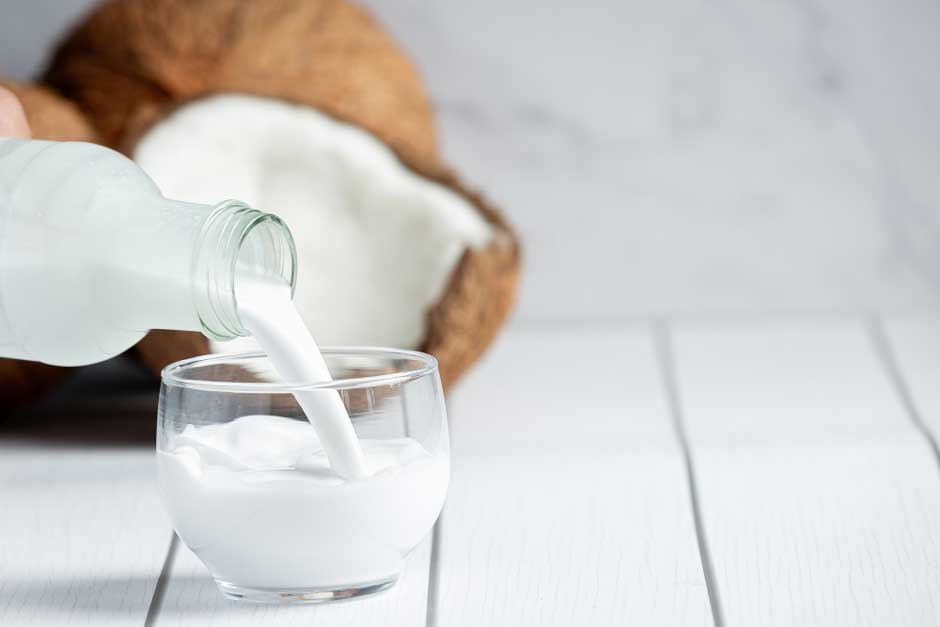Fall and winter are the time for rye bread and its bright, sharp flavor and dark good looks. Rye is a hardy grass that’s resistant to cool weather and damp latitudes. It was once a very common material of all bread-makers up north since it was much easier to grow than sensitive wheat. If you ever travel to Scandinavia, Germany, or surrounding countries, you’ll instantly get access to many bread varieties in dark shades, covered in seeds and grains and ready to consume for breakfast. These breads look and taste like they are healthy (but in a good way), and they truly are.
It’s more than possible to buy good rye bread at a grocery store—it’s nicely wrapped, sour, perfectly crumbly and great toasted—however, if you’re looking for the real deal, it’s definitely more difficult to rely on supermarkets. Rye is not the easiest grain to handle when baking, but once you know a few secrets and use them on your recipe, you will manage to make a tasty, long-lasting loaf that will match perfectly with some marmalade or cream cheese and smoked salmon.
Make a starter
In many recipes, making rye bread calls for a starter. This ingredient can be found in many stores or online stores, but if you’re ready for a challenge, you can make your own starter at home. This process takes time (about a week) so planning is crucial.
Get used to the texture of the dough

If you’ve never handled rye bread dough before, you might be surprised by its consistency, especially if your recipe calls for 50% rye or more. The dough usually has a clay-like consistency rather than an elastic one, and that’s how it’s supposed to feel. There’s no need to knead it into a perfect ball since it will never be typically supple as wheat dough. Even when it’s fully kneaded, your ball won’t be smooth until after its first rise.
Choose the right flour
When it comes to choosing the right flour, many people get quite confused. White or light rye doesn’t contain any trace of bran and it produces high-rising loaves with light color. If you choose dark rye or pumpernickel, expect darker loaves and less rising. Bread made with approximately 50% pumpernickel flour will have a rich and warm brown color. If you can’t find quality products at home, you can search for rye flour online and get great organic whole rye flour ready for many of your recipes. You can easily combine it with wheat flours for a richer texture, but the taste of rye will remain distinctly present.
Don’t forget the seeds

No matter if you’re adding seeds right to the dough or sprinkling Everything Bagel seeds on top of your loaf, seeds give rye bread a much better flavor. If you choose to go seedless, you might be disappointed with the flavor since it won’t taste like your well-known deli rye. Seeds that complement ryes taste are caraway, fennel and anise.
Remove quickly
Due to its dark color, many people don’t know when to remove rye bread from the oven. If you’re not sure as well, grab a thermometer and look for about 200 F temperature. And don’t let your bread stay in the baking tins for too long because it can stick to the sides. Get a knife, run it along the edges and help the bread out. When serving, make sure the bread is completely cold.
Relax
Loaves that contain only 20-30% rye flour will rise quickly, but those with a higher percentage of rye take hours to start rising, both in the bowl and in the tins. Some varieties like Westphalian Rye rise for 24 hours! So if you choose to tackle rye bread, have patience, trust the process and relax.
Once you master the basic varieties of rye bread, you can graduate to German rye or Jewish rye breads. There are so many varieties waiting for you once you master the fundamentals. Stay consistent and your rye bread will be flavorful, hearty and ready for Instagram.















